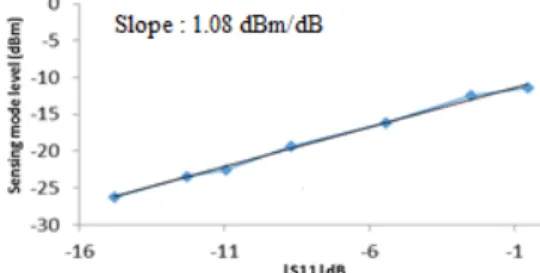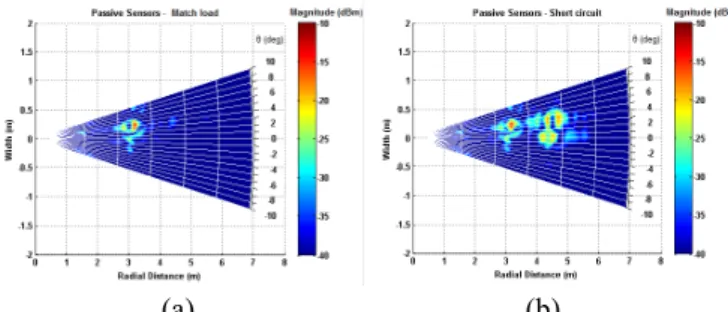Millimetre-wave Scanning Radar for the Detection and Remote Reading of Passive Electromagnetic Sensors
Texte intégral
Figure




Documents relatifs
In particular, synthetic aperture radar missions have made substantial progress, with the arrival of the Sentinel-1 constellation from the European Copernicus program, the
All the calculations carried out at CCSD(T) and MP2 level of theory were performed by using the CFOUR 10 suite of pro- grams and its implementation of analytic second derivatives
Passive (battery‐less) and wireless sensors are very good candidates for measuring
Abstract— The wireless measurement of various physical quantities from the analysis of the RADAR Cross Sections variability of passive electromagnetic sensors is presented.. A
As displayed in Figure 3 the echo level A str does not depend on the applied pressure (the echo level accuracy is estimated at ±0,5dB) and is called the structural scattering
{Invited talk} Recent Advances in the Wireless Reading of Passive Sensors Hervé Aubert, Dominique Henry, Patrick Pons.. LAAS-CNRS, University of Toulouse, CNRS, INPT, Toulouse
Conclusion: The radar beam scanning technique applied to the remote detection and reading of passive microfluidic sensor allows the estimation of the temperature at the
5 sketches the typical variation of the echo level with the distance for a given beam direction (this variation is derived directly from the beat frequency spectrum measured by